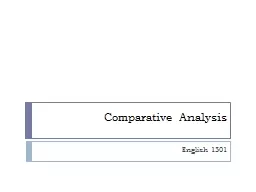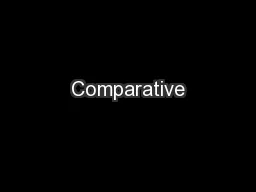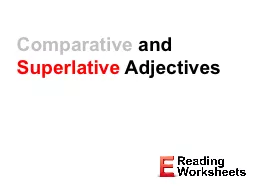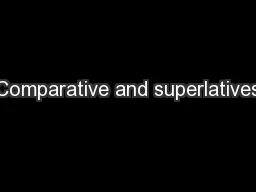PPT-Comparative Analysis
Author : pamella-moone | Published Date : 2016-09-10
English 1301 The Introduction Start by discussing the general idea themeissue of the essay ie gender roles and expectations Then introduce the pieces you will analyze
Presentation Embed Code
Download Presentation
Download Presentation The PPT/PDF document "Comparative Analysis" is the property of its rightful owner. Permission is granted to download and print the materials on this website for personal, non-commercial use only, and to display it on your personal computer provided you do not modify the materials and that you retain all copyright notices contained in the materials. By downloading content from our website, you accept the terms of this agreement.
Comparative Analysis: Transcript
Download Rules Of Document
"Comparative Analysis"The content belongs to its owner. You may download and print it for personal use, without modification, and keep all copyright notices. By downloading, you agree to these terms.
Related Documents














